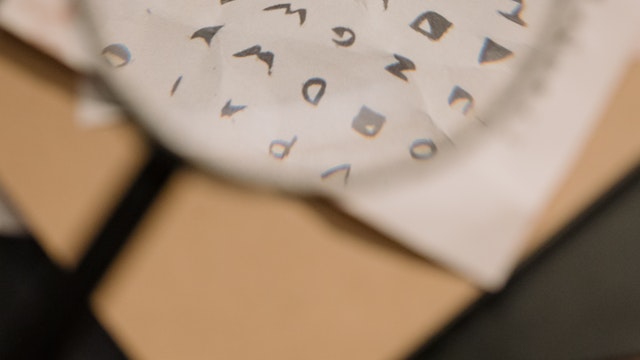What Is Cryptography

Table of Contents
What Is Cryptography :
What Is Cryptography Or Introduction :
What Is Cryptography : This is the process, which keeps your data or a message secret, it can protect the data from identity theft.
In this process, data or an original message will be encrypted using a key and further receiver will decrypt that message using a particular key.
What Is Cryptography – Example :
What Is Cryptography – Example : Let’s take an Cryptography example, Here is a sender A, who wants to send a message to the receiver B, Of course, A wants to keep his message secret, for this, he encodes the message using a key this process is called as encryption.
What Is Cryptography – Procedure :
What Is Cryptography Procedure : (Cryptography types of Keys can be numbers or characters), so that the third person is sometimes known as hacker won’t be read or modify his message. At the receiver site as soon as the message arrives which is in encoded form, the receiver B will decode the message his key this process is called decryption. In which all the procedure is called as Cryptography.
Plain-text :
This is a text, i. e. not hidden, the message is visible to everyone.
Cipher-text :
This is a text, in hidden form, viz. encoded form, not visible to everyone.
Encryption :
The Process of converting plaintext into ciphertext using an encryption key called encryption method.
Decryption :
When we convert cipher-text into the plain-text through the decryption key. It is called as decryption method.
Cryptography Is Classified Into Two Forms :
Symmetric Key Cryptography :

- This is an Encryption key algorithm, in which the keys are identical, i.e both ends sender and receiver using the same key for encryption and decryption process. This is also called as Secret key cryptography. The mostly known symmetric key system is DES (Data Encryption Standard).
Asymmetric Key Cryptography :
This is the most secured cryptography technique which comes with two different keys. In which the both sender and receiver has their own keys. for example, if A sends a message to the B then A will Encrypt that message with the public Key and further receiver will decrypt that message using his private key. So that there is minor chances of data hacking.
The Symmetric Key Cryptography Is Classified Into The Following Types :
Transposition Cipher :
In this symmetric key cryptography technique, the message will be separated into single words, the encryption will perform using a key count. In this, each character will arrange as the given key and then we can form a ciphertext by popping the characters according to key in ascending order. When the receiver receives the encrypted message, he can decrypt that message using the same key by arranging in descending order.
Substitution Cipher :
In this symmetric key cryptography technique, the plaintext will be arranged according to the key count, in this, we can encrypt the plaintext using a key by which the characters in plaintext will replace by a next character which comes at the key count. After this, we get the ciphertext.
Stream Cipher :
This is a symmetric key encryption algorithm, in which the single bit of data will be encrypted at a time called as a stream cipher, by using this technique plaintexts bits or bytes will be encrypted with a different bit or byte to form a ciphertext.
Block Cipher :
This technique applies the deterministic algorithm along with a symmetric key to encrypt the block of a message instead of encrypting the one bit at a time like in the stream cipher.
Also Read :
- What Are Digital Marketing Strategies
- What Is The Search Engine Optimization
- What Is An Application Programming Interface
- What Is Elementor For WordPress
- What Is Wix And How Does It Work





